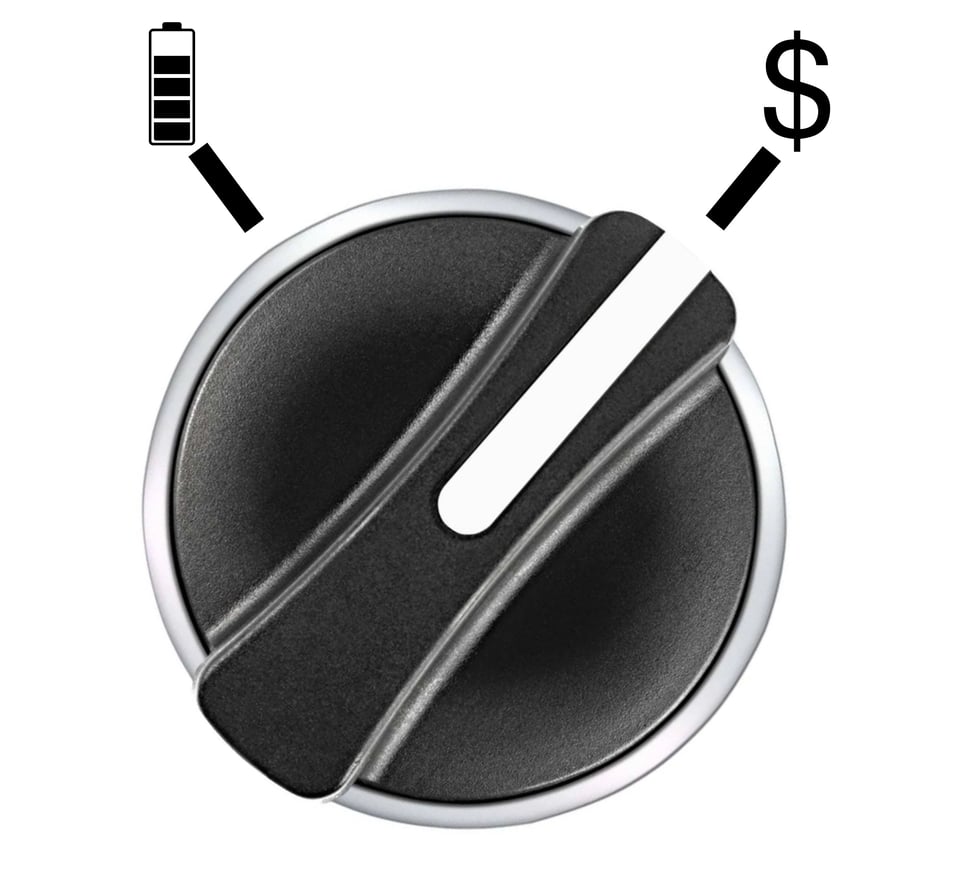Climate Design in 2025
Coming up in future newsletters this year I’ll be exploring the UX of Energy, that is, how we experience energy as a technology that serves us rather than a commodity we merely buy and use. I’ll incorporate some latest thinking from others, including the transition movement who courageously take a “community based approach to dealing with the twin threats of climate change and peak oil that appealed to many individuals who were frustrated by the lack of action by more powerful governmental and business actors.” [link]
I’ll also include actual design! Here’s a teaser image I’ll discuss next time:

For now, I will finish up my summary of Environmental Economics, A Very Short Introduction. [link]
Environmental Economics, Part 4
Here’s the good news: economists legitimately try to measure the value of what we conserve and the value of the harm done to our environment. They measure impacts not only to the economy but also to people’s wellbeing and incorporate these measurements in cost-benefit analyses that citizens and lawmakers can use to make decisions. They look beyond technocratic experts for these values, considering the population as a whole, and try to adjust for the greater influence of the rich or of an unconcerned majority.
Types of Environmental Value
Use Value measures the productive use of some resource. For example, forests remove CO2, provide timber, act as an ecosystem for many species, and create recreational opportunities. Economists will also measure the option value, the potential for a resource to be used in the future.
Non-Use Value could be the value of an unused forest, for the unspoiled nature it provides.
Existence Values are when we value something simply because it exists. My favorite animal is the jellyfish, and I would act to preserve jellyfish simply because I don’t want to see them disappear.
Measuring Environmental Value
Hedonic Pricing is “a technique for recovering implicit ‘prices’ for the various attributes of goods, including implicit prices for environmental attributes.” For example, in deciding where to place a landfill site economists may take into account the impact on housing prices. By looking at pricing data of other houses both near and far from landfills and doing some fancy regression analysis, they can determine the financial impact on homeowners of having a landfill nearby. This data can be combined with operating costs (e.g. the cost of transporting waste) and the number of households impacted to help identify optimal tradeoffs.
Contingent Valuation (here’s comes the bad news…) is an approach used when resources are not traded in markets and don’t have measurable prices, the value is instead measured by asking people how much they would value having more or less of something. If you’ve done any qualitative research you’re probably cringing right now (or should be). We know that what people say they would do or value on a survey isn’t an accurate reflection of what they actually do or value in their life, and that knowing what they would do or value in the future is quite difficult. [link] The book acknowledges that while this technique is “widely used” it is also “highly controversial”. For example, after the 1989 Exxon Valdez oil spill contingent valuation was used to measure what level of damages should be assessed for the pollution on the coast of Alaska. The technique became an intense area of debate on controversy on both sides.
The Uncertainty of Global Climate Economics
Economists are struggling now to model the financial impact of climate change because the changes are often outside the range of historical data and experience, greenhouse gases being a prime example. While science has proven the causal connection between fossil fuels, changes in air and ocean temperature, and extreme weather such as flooding and hurricanes, these results are not predictable and some results will be experienced in the distant future.
That means that future generations will experience a huge part of the damage from climate change, as well as experience any benefits from the action we take now. Economists and lawyers are now debating how to value the impact on people who have not yet been born, called intergenerational equity.